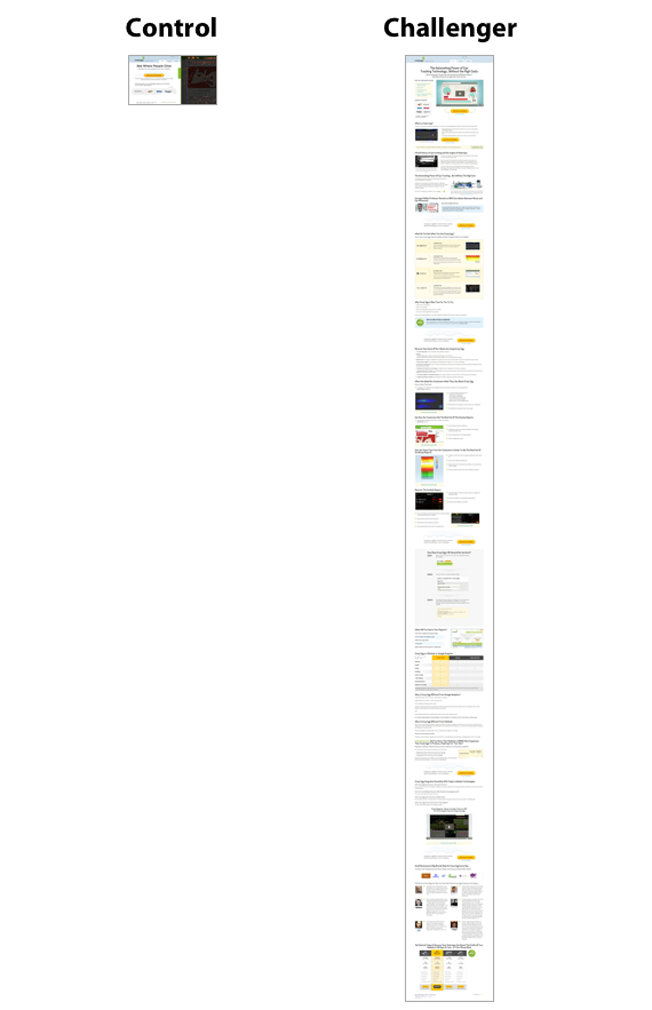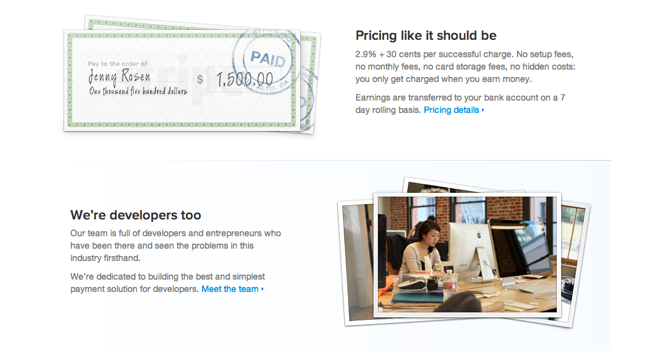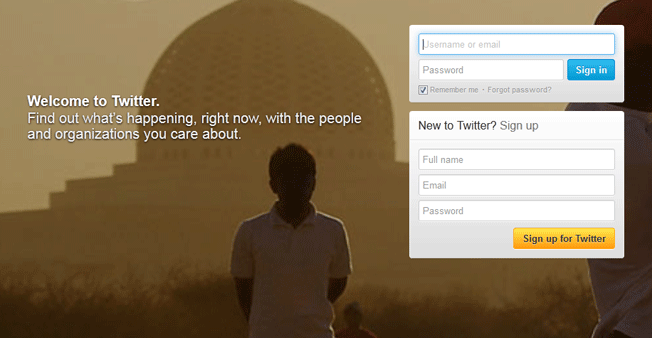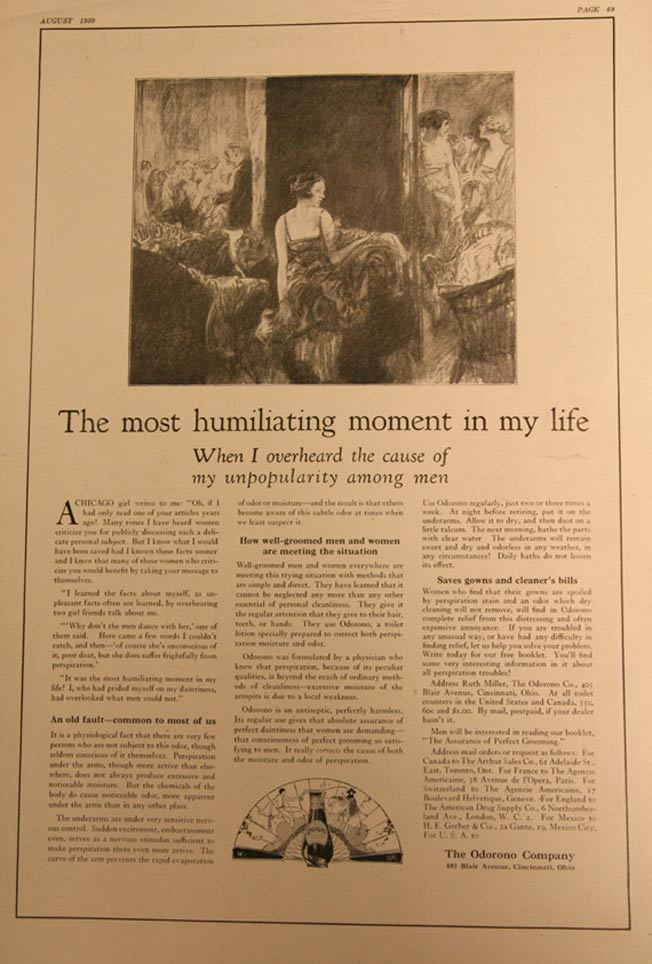It’s always a challenge to write effective landing pages, but it’s easier when you know the mistakes to avoid. Read on to learn the worst way to talk about pricing, the structure that strangles your copy, and four other copywriting mistakes that can damage your conversion rate.
1. Failing to test long copy
Conventional wisdom says that long sales copy won’t be read. If you’ve ever written a page of copy longer than 1,000 words, you might have heard this complaint from someone who reviewed it. Be wary of this advice. What bores the reviewer might compel the buyer.
Get to the point; be prudent with each word; but test long copy, and sometimes it’ll convert much better. This is especially true when the idea is complex or the commitment is large.
When Crazy Egg hired Conversion Rate Experts, they tested a page that was around 20 times longer than the original. The result: the longer page outperformed the control by 30%.
Crazy Egg increased its conversion rate with a page that was 20 times longer than the original
2. Using the structure that strangles your copy
Multi-column layouts can be easier to write and design, but they rarely convert well on landing pages – especially when multiple columns of text are squeezed onto one row. If single-column layouts are like books, multi-column layouts are like newspapers, where you flick around and choose what to read and what to ignore.
Try testing a single-column layout where one idea flows into the next. It shows that you expect your audience to read every word from start to finish. When you use this method, you still should use subheads, graphics and text boxes to help pull the reader through the page.
If you want to use columns, don’t use text columns aligned side by side – pair them with pictures. When you have only one column of text on each row, visitors are more likely to read everything. Check out Stripe for an example of this layout.
Stripe uses one text column on each row, which makes visitors more likely to read everything
3. Assuming mathematical literacy
You notice two deals side by side. One offers 50% off; the other offers 50% extra free. Which is better? According to research published in the Journal of Marketing, consumers see little difference. For your business, it’s much cheaper to offer 50% extra free, and your customers will see the deal as equivalent to a 50% discount.
In an Atlantic article discussing the research, Derek Thomson offers this advice: “The applications of this simple fact are huge. Selling cereal? Don’t talk up the discount. Talk about how much bigger the box is! Selling a car? Skip the MPG conversion. Talk about all the extra miles.”
Keep this in mind when devising and describing deals. Instead of telling a customer what they will save, try telling them what they will get for free.
4. Thinking you’re like Twitter… or Facebook
One of the biggest mistakes in marketing is failing to understand causality. Many people assume that because Facebook is successful, its landing page must be well designed and well written. Every week, people ask me to write a landing page like Twitter’s or Facebook’s. This is a bad idea. Twitter’s copy is not very effective, and it relies on people being familiar with the brand when they visit.
If you think that Twitter-style copy could be effective for your landing page, test it out. But test other ideas at the same time, because it’s unlikely to be the most successful approach.
Twitter’s copy isn’t meant to be persuasive, so don’t re-create its tone and style when you want your landing page to convert
5. Neglecting the most persuasive conjunction
In the late 1970s, psychologists Langer, Chanowitz, and Blank ran an experiment to find out how people respond to language. They approached people using a photocopying machine, and they measured the effectiveness of different ways of asking if they could cut in line.
When they asked to cut in line without giving a reason, 60% said yes. When they explained why they wanted to cut in line, the conversion rate shot up to over 90%. Summarizing the research in Harvard Magazine, Cara Feinberg noted that the reasons offered seemed to make little difference:
“The reasons given, if any, ranged from the sensible to the senseless: for instance, ‘May I use the Xerox machine because I’m in a rush?’ versus ‘May I use the Xerox machine because I want to make copies?’ They found that subjects overall were more amenable when given a reason, but were equally compliant whether the reason was real or ridiculous. Their behavior, she showed, was mindless: people responded more to the familiar framework of a request than to the content of the actual question. (But there were limits to this phenomenon, Langer says: ‘…because an elephant is after me’ didn’t cut it.)”
| Question | Conversion Rate |
| Excuse me. I have 5 pages. May I use the Xerox machine? | 60% |
| Excuse me. I have 5 pages. May I use the Xerox machine because I’m in a rush? | 94% |
| Excuse me. I have 5 pages. May I use the Xerox machine because I have to make some copies? | 93% |
The results changed dramatically when the researchers asked for a bigger favor. When they said they wanted to make 20 copies instead of 5, the conversion rate fell. And the weaker reason – “because I have to make some copies” – became ineffective.
| Question | Conversion Rate |
| Excuse me. I have 20 pages. May I use the Xerox machine? | 24% |
| Excuse me. I have 20 pages. May I use the Xerox machine because I’m in a rush? | 42% |
| Excuse me. I have 20 pages. May I use the Xerox machine because I have to make some copies? | 24% |
Always explain why. It is easy to tell your audience why your product is cheaper or why they should buy it today, but you also need to explain why you do things your audience doesn’t like.
| Statement | Statement using “because” |
| Orders cannot be canceled | Orders cannot be canceled because we start preparing your order immediately |
| We charge 50% more outside office hours | Because it’s more expensive to be available 24/7, we charge 50% more outside office hours |
6. Forgetting to flip positives into negatives
A point usually can be introduced positively or negatively. You could talk about how a product will save time; or, alternatively, that without a product, time will be lost. Both mean essentially the same thing, but one is positive and the other is negative.
Without testing every statement in positive and negative form, it’s nearly impossible to know which is more effective. Most people always use positives by default, but this can be a costly mistake.
Start testing what happens when you flip positives into negatives on your landing page. It can have explosive results, so it’s always worth running some tests and finding out what works.
In 1912 Edna Murphey started selling an antiperspirant that her father, a surgeon, had invented to keep his hands dry when he was operating on his patients. Business started off slowly, but a scorching summer brought her a flurry of new customers and helped her save $30,000 to invest in marketing.
Edna hired an advertising agency that appointed James Young, a now famous copywriter, to craft the message. He initially tried to overcome the misperception that blocking sweat was unhealthy. His copy explained that excessive perspiration was a medical condition, and that Odorono was the remedy.
Years later, after sales flattened, the agency studied women’s perceptions of Odorono. They found that while most women had heard of it, two thirds felt they had no need for it.
In an article for the Smithsonian, Sarah Everts explains how James Young managed to persuade many more women that they needed help:
“Young decided to present perspiration as a social faux pas that nobody would directly tell you was responsible for your unpopularity, but which they were happy to gossip behind your back about.
His advertisement in a 1919 edition of the Ladies Home Journal didn’t beat around the bush. ‘Within the Curve of a Woman’s arm. A frank discussion of a subject too often avoided,’ announced the headline above an image of an imminently romantic situation between a man and a woman. . . .
The take-home message was clear: If you want to keep a man, you’d better not smell.”
Young’s copy caused many of his female friends and colleagues to express their disgust and to proclaim “he had insulted every woman in America.” But while Young’s social circle was contracting, Odorono’s sales were rising – by 112% the next year.
Odorono warned women of the dangers of not using its antiperspirant
If you are failing to test long copy, forgetting to flip positives into negatives, or making the other mistakes mentioned here, run some tests and see what happens when you fix them. There’s a good chance your conversion rate will improve.
About the Author: Craig Anderson is a copywriter at Cooper Murphy, the copywriting and content marketing agency. Email Craig, and have Cooper Murphy write your next landing page.




Comments (30)